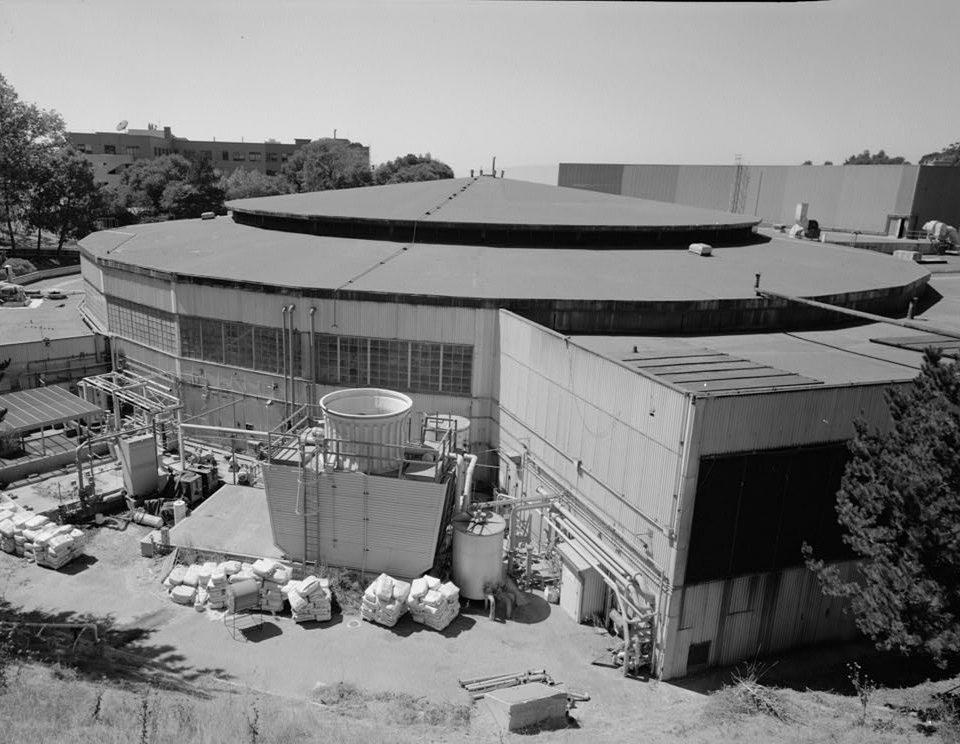On March 17, 1950, a team of scientists at the University of California, Berkeley announce the discovery of a new element. Although California has long been associated with gold, the scientists choose a name for the element that will forever tie it to to the Golden State — Californium.

The discovery comes 10 years after scientists at the lab first produce the element neptunium followed by the better known plutonium — the first two in a run of 14 elements that scientists at UC Berkeley discover or assist with discovering. See Element 93 through Element 106 on the Periodic Table.
The team that makes the discovery includes Glenn T. Seaborg, for whom Element 106 is named in 1974. Berkelium, named in 1949, honors laboratory’s hometown. Americium, a 1944 discovery, honors the country.

Californium plays a critical role in the discovery of five other elements. By bombarding Californium with different types of atoms, scientists discover Lawrencium in 1961, Rutherfordium in 1969, Dubnium in 1970, Seaborgium in 1974, and Oganesson in 2002. Lawrencium is named after Nobel Prize-winning UC Berkeley physicist Ernest Lawrence. Lawrence invented the cyclotron, which by accelerating and smashing atomic particles leads to the discovery of many of UC Berkeley’s elements.
For 66 years, California is the only U.S. state with an element named for it. In 2016, Element 117 is officially named “Tennessine” by a team of scientists from Russian and the United States.
